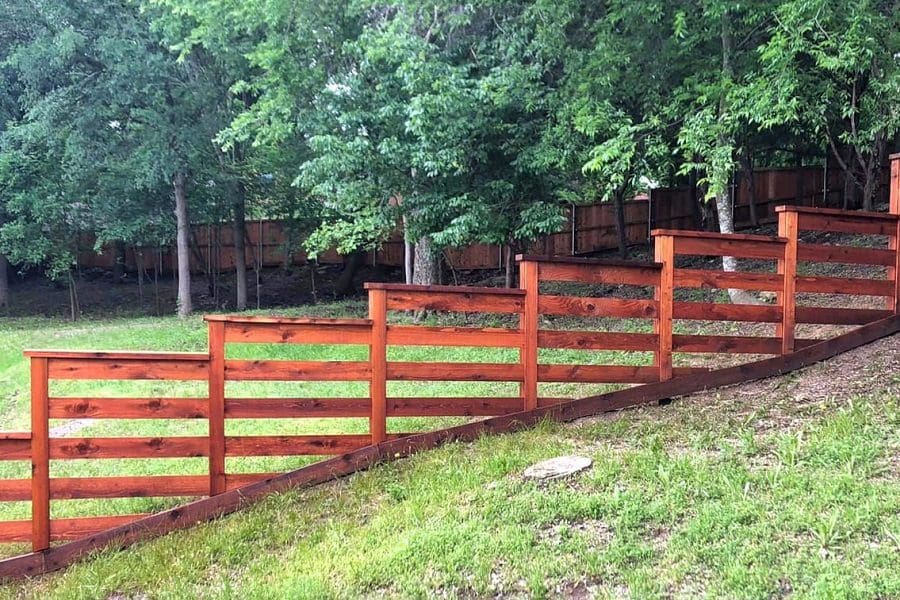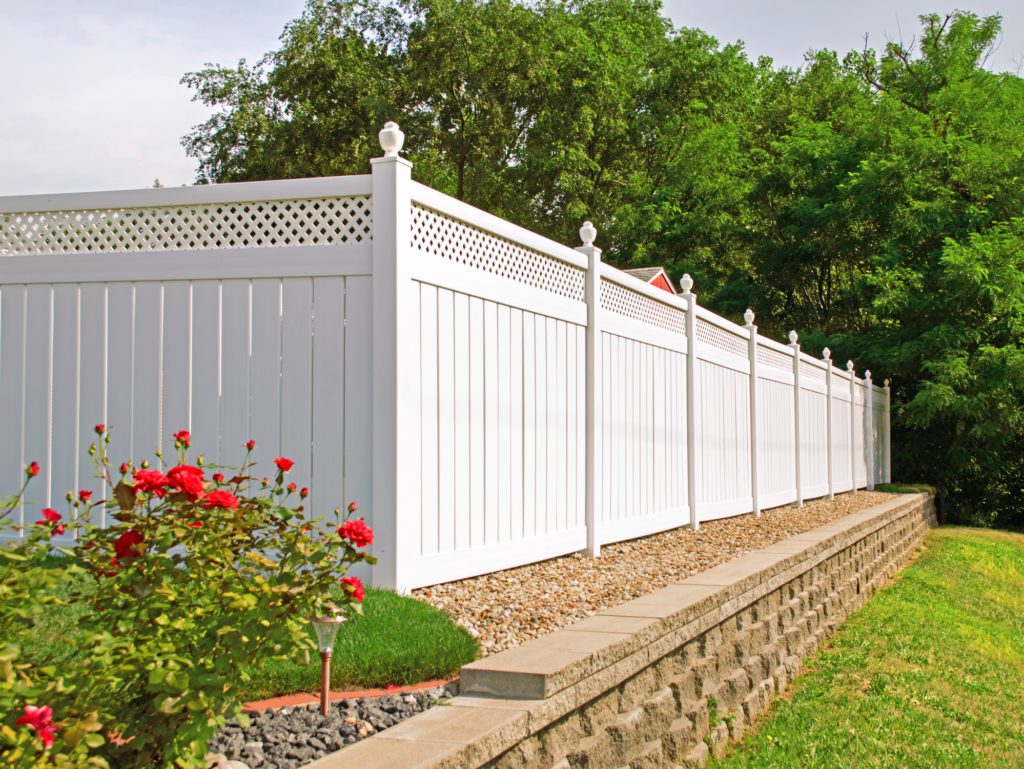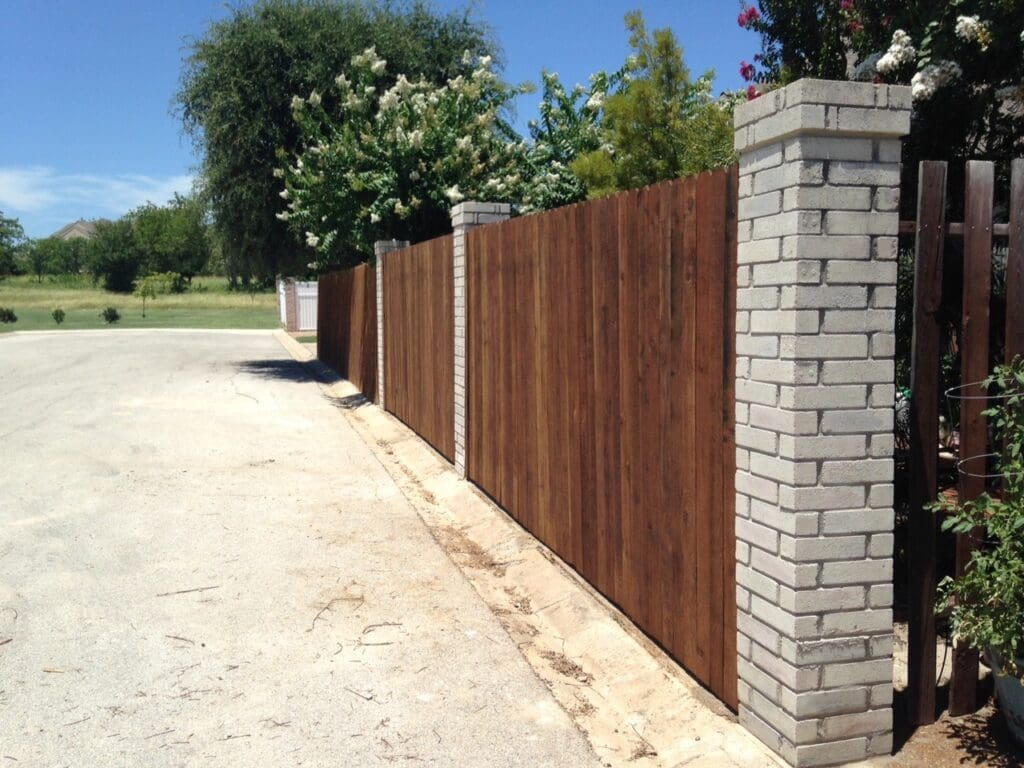When it comes to fences, neighbors often find themselves in tricky situations. Who is responsible for paying to install, maintain, or repair a shared fence? These questions can lead to confusion or even disputes. For homeowners in Texas, understanding local laws and agreements surrounding shared fences is essential. Not only can this save time and money, but it also helps maintain good relationships with neighbors.
Whether you’re planning a new fence or dealing with a repair, here’s a guide to help Texas homeowners make sense of shared fence rules and responsibilities.
Understanding Shared Fence Laws in Texas
Texas doesn’t have an explicit “shared fence law,” but there are rules and precedents that guide fence-related responsibilities. Many landowners follow what’s known as the “good neighbor fence law.” While this isn’t codified in Texas law, it refers to the commonly accepted practice of neighbors sharing equally in the costs and care of a fence built on the property line.
Essentially, if neighbors equally use a fence that lies directly on the boundary, both parties are expected to share in its upkeep. However, a formal written agreement between neighbors is a good idea to avoid disputes down the road.
Who Actually Owns the Fence Between Neighbors?
Fence ownership depends on where it is located. When a fence sits directly on a property line, it is typically considered jointly owned by both neighbors. However, if a fence is entirely on one neighbor’s property (and not encroaching), they are the sole owner and are fully responsible for it.
Property lines play a key role here. If you’re unsure where your boundary lies, consulting your property survey can help. Confirming boundaries ensures no misunderstandings before you install or alter a fence.
Who Pays for a Fence Between Neighbors in Texas?
When it comes to paying for a shared fence, cost-sharing depends on a few scenarios. Generally speaking, if both neighbors benefit from the fence—for privacy, security, or aesthetic purposes—they will often split the costs. However, there is no legal requirement for this unless an agreement is in place.
If one neighbor wants to upgrade or replace a fence because they prefer a particular material or design, they would likely bear the costs themselves unless their neighbor agrees to share expenses.
It’s always best to openly communicate with your neighbor before starting any fencing project. A respectful conversation can go a long way toward clarifying expectations.
Texas Shared Fence Laws and Fence Repairs
Under Texas law, fence repairs typically follow the same principles as new fence installation. If both parties use the fence, the cost of repairs can be split between them. However, if damages are caused by one party (such as from a fallen tree or a pet breaking through), that party may be solely responsible for covering repair costs.
To protect yourself, document any damage and have clear communication with your neighbor regarding responsibilities. Written agreements for repairs can help avoid misunderstandings in the future.
Can You Tear Down a Shared Fence?
Taking down a shared fence without consent from your neighbor can lead to legal trouble. Since the fence belongs to both parties, any major changes require agreement from both owners. Without permission, tearing down a shared fence could result in liability for damages, neighbor disputes, or even legal action.
If you wish to replace or remove the fence, approach your neighbor with a proposal. Suggest alternatives that work for both parties, and aim for a resolution that keeps the relationship positive.
Fencing Regulations Between Neighbors
Texas homeowners should also keep fencing regulations in mind. While rules vary by city, these may include permits, height restrictions, and material guidelines. For example, Fort Worth and other major cities in Texas often have rules limiting fence heights in residential areas.
If you’re unsure about your local regulations, contacting your city’s zoning or planning department is a good first step. This ensures your fence meets all legal requirements and avoids potential disputes.
Fences Between Neighbors FAQs
What are Texas’s shared fence laws?
There’s no specific Texas law governing shared fences, but neighbors generally share costs of fences on a shared property line if both use the fence and agree to the terms.
Can I remove a shared fence on my property without my neighbor’s consent in Texas?
IF the fence is entirely on your property, you can remove it without your neighbor’s consent. If the fence is along a shared property line, you’ll need your neighbor’s agreement to remove it.
Who should I contact for legal advice on fencing regulations between neighbors in Texas?
If you’re facing a significant dispute or need clarification on specific laws, consult a local attorney experienced in property law.
Get Expert Help with Your Fence—Contact Buzz Fence Today
Understanding fence responsibilities between neighbors can be complicated. Whether you’re planning a new fence or need expert advice on repairs or replacements, Buzz Custom Fence is here to help!
For over 25 years, we’ve provided top-quality fencing solutions across Texas. Reach out today for a free consultation. Our team of experienced professionals will ensure your fencing project is stress-free and meets all local requirements.





